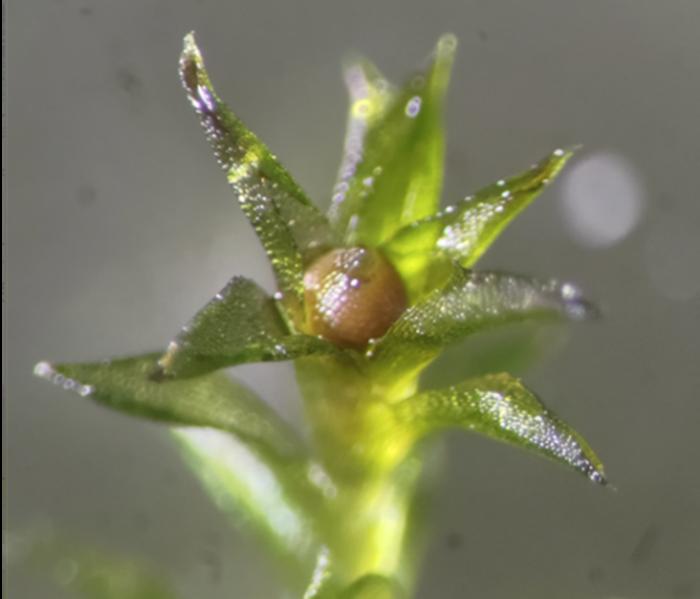- Space
‘Most living organisms cannot survive even briefly in the vacuum of space,’ says researcher
Anthony CuthbertsonMonday 24 November 2025 15:47 GMTComments open image in galleryAn image from the International Space Station on 22 August, 2018 (Nasa)
open image in galleryAn image from the International Space Station on 22 August, 2018 (Nasa)
Sign up to our free weekly IndyTech newsletter delivered straight to your inbox
Sign up to our free IndyTech newsletter
Sign up to our free IndyTech newsletter
 Email*SIGN UP
Email*SIGN UPI would like to be emailed about offers, events and updates from The Independent. Read our Privacy notice
A study to see how moss would fare in the extreme environment of space has left scientists “genuinely astonished” after the plant was able to survive nine months outside the International Space Station.
Moss is one of the most resilient living organisms on the planet, capable of surviving in the harshest environments – from the peaks of the Himalayas, to the Antarctic tundra.
The plant species has also survived several mass extinction events, leading researchers to wonder how it would cope beyond Earth.
A series of lab tests at Hokkaido University in Japan were undertaken to see how a type of moss called spreading earthmoss fared under stresses like UV radiation, extreme high and low temperatures, and vacuum conditions.
After successfully surviving all of the stresses individually, the researchers decided to see if it could handle all of the stresses combined, as well as microgravity, by sending it to space.
 open image in galleryMoss sporophytes like these were individually collected and used as samples for the space exposure experiment conducted on the exposure facility of the International Space Station (ISS) (Tomomichi Fujita)
open image in galleryMoss sporophytes like these were individually collected and used as samples for the space exposure experiment conducted on the exposure facility of the International Space Station (ISS) (Tomomichi Fujita)Hundreds of moss sporophytes – the reproductive structures that encase spores – were sent to the ISS in March 2022, where astronauts places them outside the orbiting laboratory for 283 days.
They were then returned to Earth for further testing.
“We expected almost zero survival, but the result was the opposite: most of the spores survived,” said Tomomichi Fujita from Hokkaido University, who led the study.
“We were genuinely astonished by the extraordinary durability of these tiny plant cells.”
Over 80 per cent of the moss spores survived the experiment, with the majority also able to continue germinating after returning to Earth.
Using data from the tests, the researchers predict that the moss could survive around 15 years in space.
This longevity could prove especially useful for future missions to the Moon and Mars, the researchers said, as it could be used to develop agricultural systems in space.
“Most living organisms, including humans, cannot survive even briefly in the vacuum of space,” said Professor Fujita.
"However, the moss spores retained their vitality after nine months of direct exposure. This provides striking evidence that the life that has evolved on Earth possesses, at the cellular level, intrinsic mechanisms to endure the conditions of space.”
The research was published in the Cell Press journal iScience in a study titled ‘Extreme environmental tolerance and space survivability of the moss, Physcomitrium patens’.
More about
International Space StationJoin our commenting forum
Join thought-provoking conversations, follow other Independent readers and see their replies
Comments



